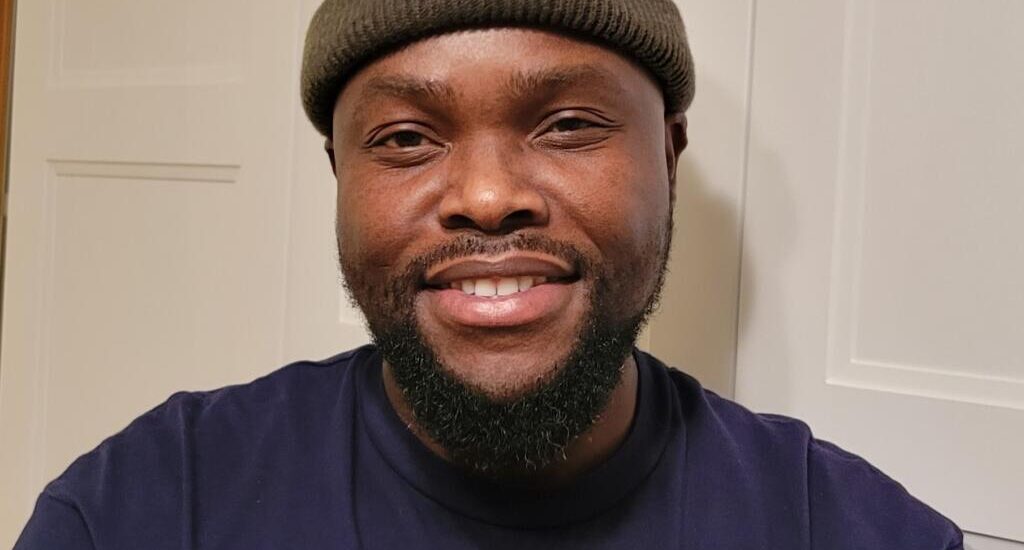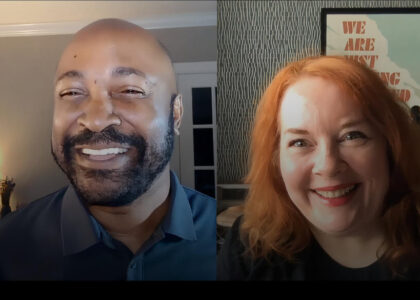


When I first came across Terence Mbulaheni on LinkedIn, it was clear he wasn’t just another digital strategist. This is the man who quietly revolutionized the way global brands, like Paw Patrol, Super Simple Songs and Unicorn Academy, found explosive success on YouTube. He’s a behind-the-scenes powerhouse, transforming forgotten TV assets into YouTube gold, and turning overlooked international markets into lucrative opportunities. Today, Terence joins us to pull back the curtain on how creators can not only break through the crowded digital landscape but dominate it—whether you’re a new content creator or managing a multi-million-dollar IP. If you think YouTube is just about uploading videos and hoping for the best, you’re in for a wake-up call. Buckle up—because you’re about to learn the exact strategies that made kids’ content a billion-dollar empire.
I was really excited to see you on LinkedIn because you are sort of the little engine that could—you’ve been powering so many amazing channels in the kids and family space on YouTube. Could you tell the world a bit about who you are, what you currently do, and what led you here?
Sure. I’m originally from Johannesburg, South Africa. I moved to Toronto about 14 years ago, and I’m trained in film production. When I arrived, I wanted to get into the business side of film and television. At the time, YouTube and social media were fairly new, and it was a natural transition for me because it was new for everyone. I was also introduced to the digital world, where you could communicate directly with audiences and promote content. I really stuck with YouTube because it felt like the wild west—people were uploading content, making money, and I got in early.
What kept you involved with YouTube as the platform evolved?
It was the ability to speak directly to audiences. Plus, I found that assets made for linear TV could be repurposed. If you have a 22-minute episode, you can break it down into smaller clips and repackage them with relevant thumbnails and metadata. You’re Frankensteining new assets from existing material. The more you test and respond to audience feedback, the more you refine what works. YouTube allows you to do that in real time, which is a huge advantage.
When you talk about repurposing assets, do you mean using the original footage, or does it involve creating new animations?
It’s the original footage. There’s no additional work required. Let’s say you have a 22-minute episode with multiple storylines—you can extract individual scenes, create new thumbnails, and give them titles optimized for search. You’re essentially reformatting existing content for a different platform. The metadata and tagging are key to ensuring the content reaches the right audience.
What opportunities are there for creators now, especially for those in the kids’ content space on YouTube?
A lot of people think they’ll make a lot of money just by uploading content, but that’s not the right approach. You need to focus on building an audience. Sometimes your content might be popular in a region you didn’t anticipate, like Asia, for instance. You’ll need to adapt your strategy based on audience behavior. In countries with high CPMs like North America, you’ll make more money, but in lower CPM regions like India, you’ll need to think creatively about off-platform monetization. YouTube can become a marketing platform for your brand, even if it’s not making direct revenue.
If I’m an original creator and not working with an established IP, how do I approach choosing which of my ideas to pursue on YouTube? Should I pilot them all or be more analytical about it?
One thing that works, especially in preschool content, is music. Kids respond to repetition, and music travels far. You can also look for underserved groups—there aren’t a lot of nursery rhymes for black or brown babies, for instance. Find what’s missing and fill that gap, while keeping things simple with short, repetitive content.
For older kids, say ages 7 to 11, how should creators approach YouTube?
This age group wants to feel more grown-up, so you need to age up your content. They’re watching what their older siblings are into—fashion, trends, TikTok content. You need to create something that taps into their nostalgia for kid-friendly things but also feels cooler and more mature.
Let’s say I’ve identified a niche and created some content. What practical things should I focus on, like headlines, tags, or thumbnails, to maximize my reach?
First, know what your niche is searching for. Think about how you search when you want to fix a problem. Use those keywords repeatedly in your titles and descriptions. Also, don’t forget that YouTube is owned by Google, so if someone searches on Google, your YouTube content could show up at the top. Repetition is key—when your audience finds something they like, give them more of that, consistently.
How do I grow my channel if I’m consistently getting only 50 views per video? What needs to change to get thousands or millions of views?
It’s all about testing and consistency. Try different formats—long-form, shorts, compilations. If something isn’t working, repackage it with new thumbnails or metadata. Keep testing until you find what works and then double down on that. Don’t get discouraged if it takes time; it can take months to gain traction, especially for new channels.
When you’re testing different strategies, how long do you wait before determining if something is working?
It depends on the channel’s age and the IP’s popularity. For newer channels, you should give it at least six months of consistent posting. For established channels, you can track daily metrics. YouTube gives you real-time data, so you’ll know if a new video is growing the channel. Look at things like impressions and click-through rates—if people aren’t clicking, the thumbnail might be the problem, even if the content is being pushed out.
Should beginning creators focus on posting as much content as possible, or should they be more strategic about frequency?
It varies, but at minimum, I’d recommend posting two to three pieces of content per week. You need to keep the channel active. You can post more if you have the resources—shorts, clips, and long-form content all keep your channel alive in the algorithm.
What kinds of opportunities open up once your kids’ channel grows—merchandising, licensing, anything else?
If your content is for older kids, you can attach a store to the channel. With kids’ content, you can’t sell directly on YouTube, but you can build consumer products into your IP from the start. Take something like Unicorn Academy—everything from the characters to their props can be turned into toys. Think about how every part of your content can become a product.
Are you available for consultation for readers or listeners who want to grow their YouTube channels?
Yes, I work with clients in different capacities. Some hand me their IP and say, “Go wild,” while others are starting from scratch and want help developing an IP with YouTube in mind. I research the market, analyze competitors, and help them build a strategy that works for their niche.




